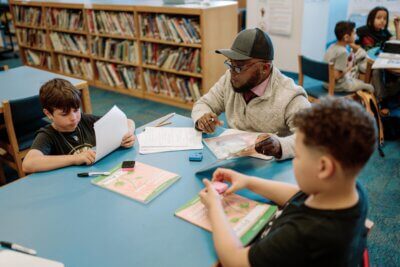Success Stories
We all succeed when our students succeed. Catapult Learning is honored to partner with schools across the country in reaching our shared goal of improving student outcomes no matter the challenges they may face. See how our portfolio of programs has helped students and schools achieve success through our case studies and videos.
Home »
Contact Us
See how we can provide education solutions that generate demonstrable academic achievement for educators and better life outcomes for students





